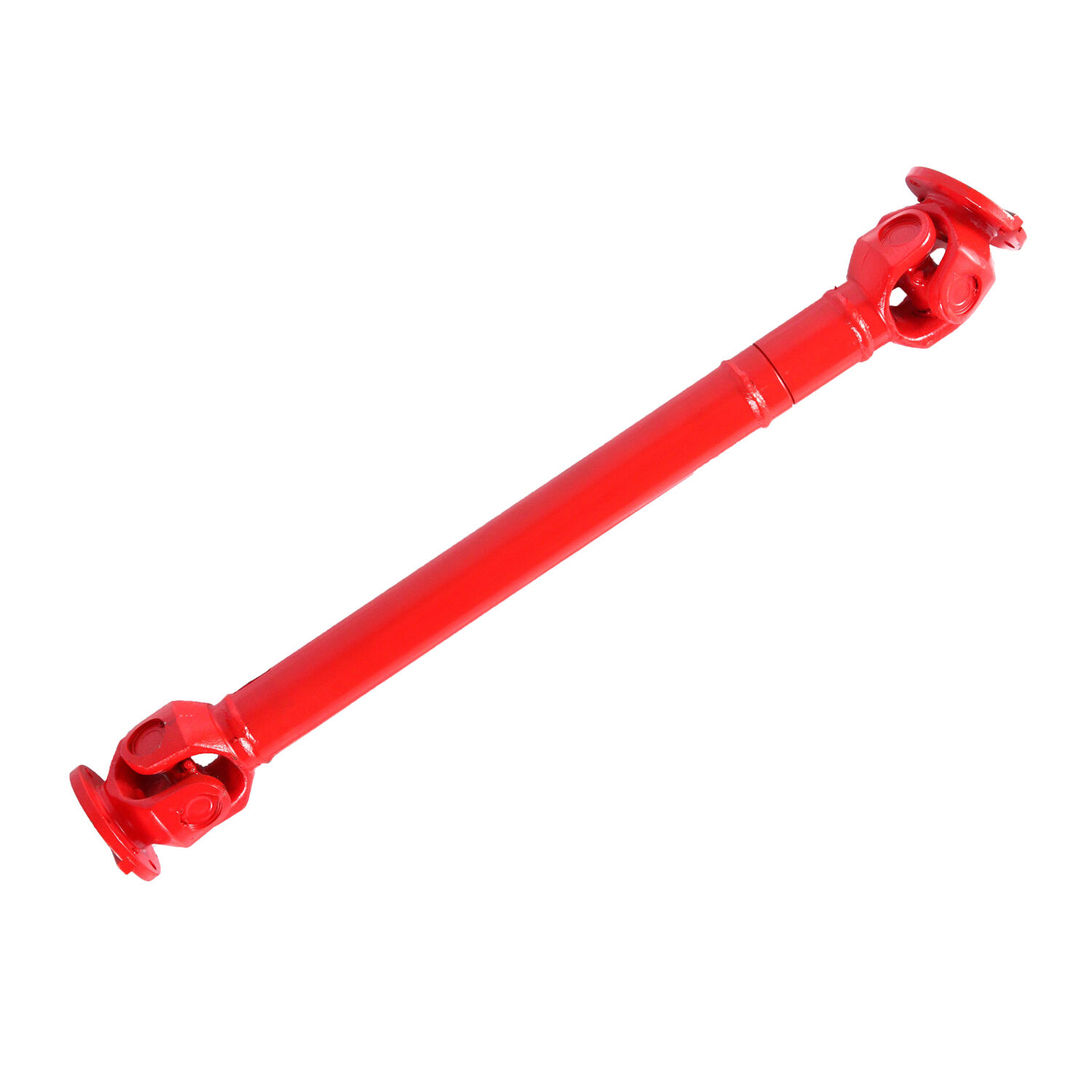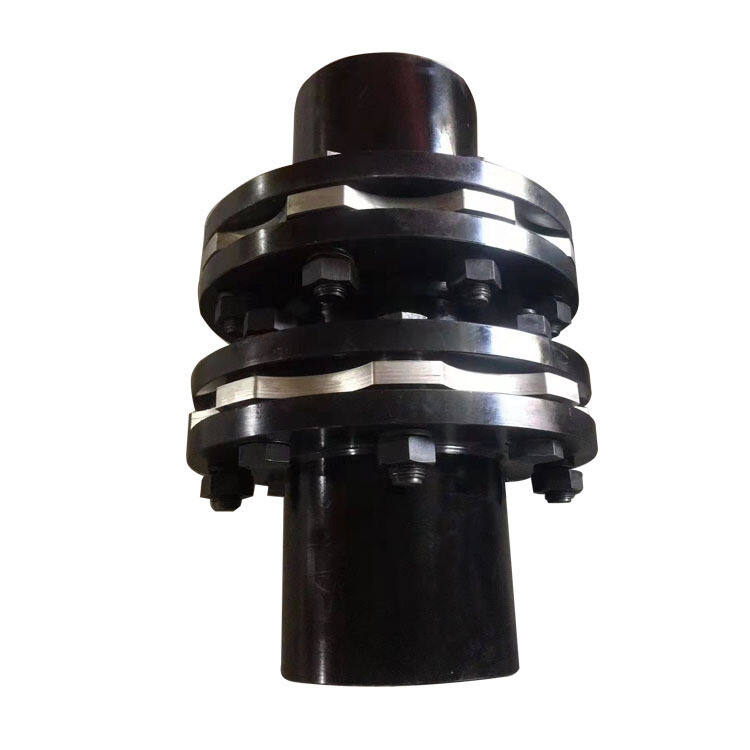metric universal joints
Metric universal joints are precision-engineered mechanical components that facilitate the transmission of rotary motion between two shafts positioned at varying angles. These joints serve as crucial connectors in diverse mechanical systems, offering flexibility and reliability in power transmission across non-aligned shafts. The metric specification ensures standardization and compatibility across international markets, making them particularly valuable in global manufacturing applications. These joints feature precisely machined components, including a cross-shaped center piece, bearing cups, and retaining mechanisms, all manufactured to metric specifications. The design allows for smooth torque transfer while accommodating angular misalignment between connected shafts, typically ranging from 0 to 45 degrees. Metric universal joints find extensive applications in automotive drivetrains, industrial machinery, agricultural equipment, and precision manufacturing tools. Their robust construction typically incorporates high-grade steel components, heat-treated for enhanced durability and wear resistance. The metric standardization ensures easy replacement and maintenance across different equipment types and manufacturers worldwide.


